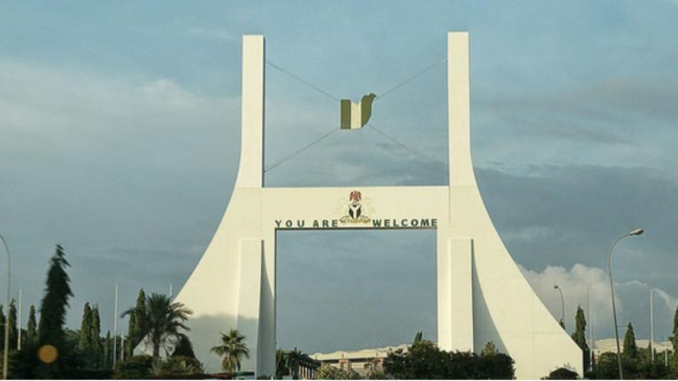
In elementary geography, we are taught the principal reasons responsible for the citing of capitals around the world. Two critical reasons for establishing Abuja away from Lagos as the administrative capital of Nigeria were, (1) for defence of the country, (2) centrality to and easy accessibility to all regions and people of the country.
A capital free from the stranglehold of the natives, a model city and home to all responsible Nigerians seeking to live and do business in it. The defence of the country as a reason for creating Abuja even though tenable to ward off internal insurrections from seizing the capital and sacking governments, isn’t realistic in the event of war with a superpower. Many superpowers have the technology to run over any capital from the air as opposed to putting soldiers on the ground.
The planners of Abuja city were smart but the executors aren’t. Why aren’t there world class model cities near Abuja?
Everything starts and ends in the heartland. The beauty of the city rises inside of the heartland and falls as you drive outside of it. Many people who live outside of this city aren’t happy, they can’t be, because the surrounding cities pass for slums – they aren’t zoned and planned as the one-city Abuja and the aesthetics in these places are nothing to write home about. Many of the people who live inside of Abuja city aren’t happy either because no one is in charge to control the rising cost of living. The cost of housing and that of public transport connecting the highbrow areas in the city are throat-cutting.
For those of us who have lived in Port Harcourt, we have the impression that the city is too expensive. Vegetables have to be for the rich. How many people can stand the children portion they are given when they buy vegetables in Port Harcourt? In fairness to Port Harcourt, some things are cheap. Take ‘okpa’ for instance, it sells for N50 per wrap. In Anambra, and on my way to Abuja, it sold for N100 per wrap. A 35cl Malt drink which sells for N120 in Port Harcourt was purchased for N200 in Benin. A plate of rice which sells for N300 in Port Harcourt was sold to me in Lokoja (my state capital) for N500.
I can go on.
What is totally not acceptable is to have one beautiful city and slums surrounding it. In Egypt, governments over time tried to decongest Cairo(though not yet successful) by building many model cities outside of it. Whatever you can find in Cairo, you can also find in the many well-planned satellite cities outside of Cairo.
Not so here in Abuja. In the Federal Capital Territory, there are too many empty houses with high perimeter fence with no people living in them save for security men, many of whom say they haven’t seen their landlords in decades.
The money used to build Abuja should have been invested in human capital and physical infrastructure. Bad politics and greed prevented the following, astutely, of the blueprint for the development of Abuja. The surrounding towns are becoming a magnet for the good, the bad and the ugly.
The Gwari (Gbagi) people, the main inhabitants of Abuja many of whom now live in the suburbs, have complained and are still complaining that they were not adequately compensated by the Federal Government and this is a recipe for trouble in the nearby future.
Most of the economic assets in Abuja are owned by southerners and in a fragile nation like Nigeria, a North/South divide resentment on the part of the natives can trigger an ethnic clash.
The money used to build Abuja should have been invested in the economy all around Nigeria and probably would have made Nigeria an economic giant like South Korea.
Simon Abah, Abuja
END

Be the first to comment